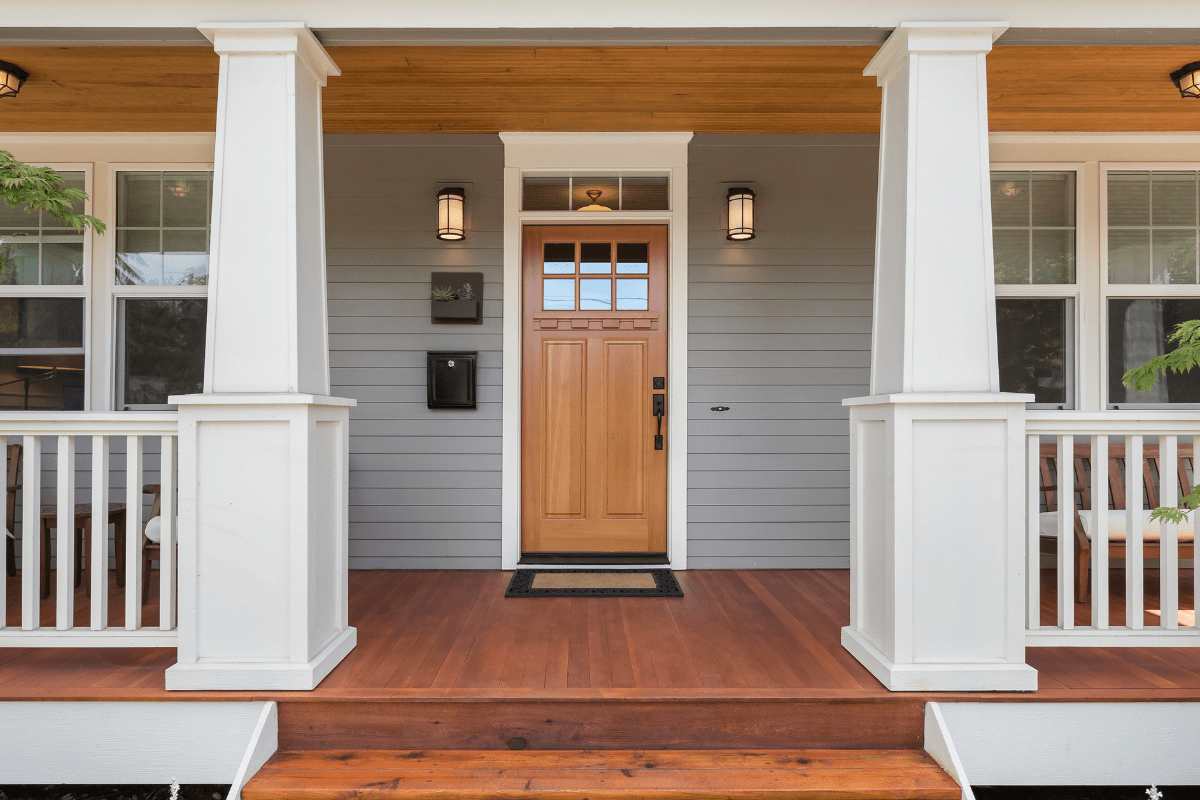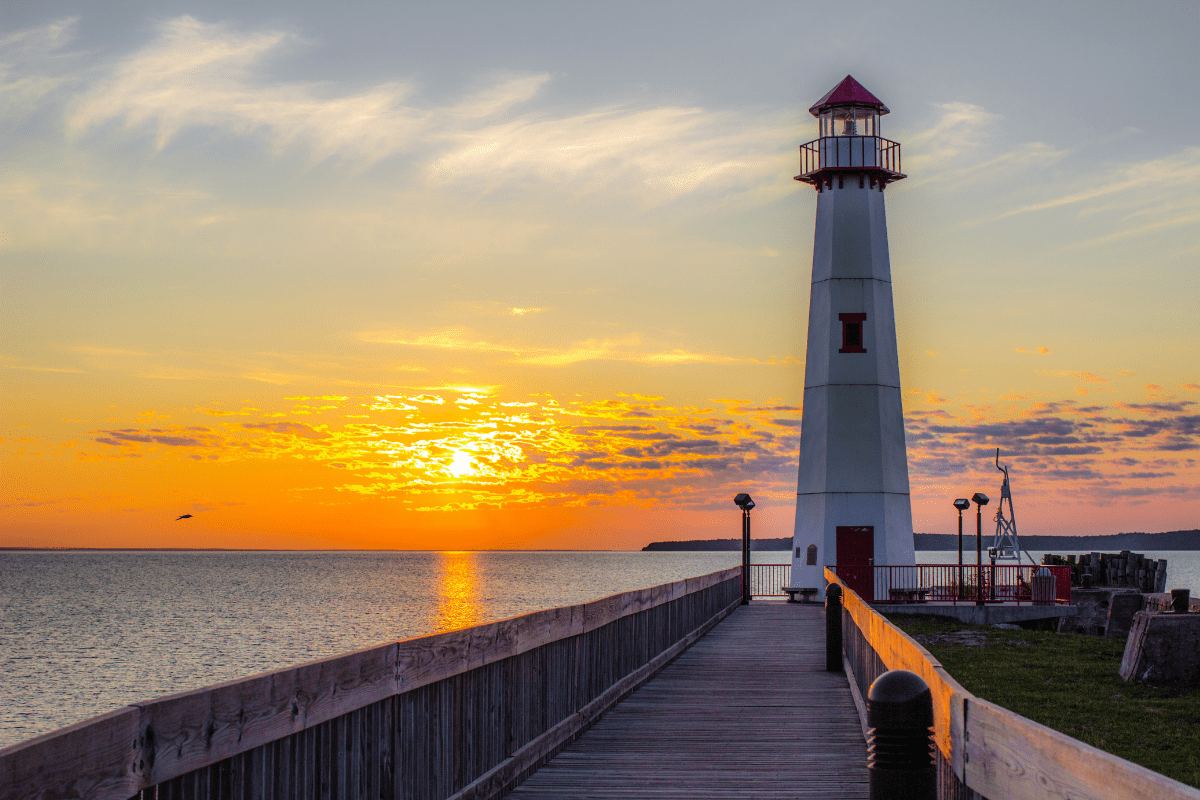Let's be honest: Michigan gardening is like dating someone with multiple personalities. One day it's 75°F and sunny, the next you're googling "how to save frozen tomato plants" while questioning all your life choices.
Understanding Michigan's wild weather personality
Michigan spans USDA zones 3a through 6b, which sounds boring until you realize that means some of us get 198 frost-free days while our northern neighbors get a measly 80. That's like comparing a marathon to a sprint around the block.
The Great Lakes are both our blessing and our curse. Sure, they moderate temperatures by 2-4°F if you live within 30 miles of shore, giving you an extra 10-20 days of growing season. But they also dump 250-300 inches of snow on parts of the Upper Peninsula. That's not a typo. That's literally a house-high pile of white stuff.
Here's the kicker: climate change has actually lengthened our growing season by 16 days since 1951. Sounds great, right? Well… Michigan's $60 million cherry crop got destroyed twice in one decade by late spring frosts. Mother Nature giveth, and Mother Nature absolutely demolisheth.
Working with your microclimate (not against it)
Your backyard has its own personality too. That spot by the south-facing brick wall? Probably 5 degrees warmer than the dip where cold air pools near your back fence. Smart gardeners learn these quirks like they're studying for a final exam.
I learned this the hard way when I planted identical tomato seedlings in three different spots. The ones by my garage produced fruit two weeks earlier than the ones in the "perfect" sunny spot that happened to be in a frost pocket. Now I use that warm garage spot for my heat-lovers and save the cooler areas for lettuce that would bolt faster than a spooked deer anywhere else.
Timing is everything (and I mean everything)
Michigan gardening success boils down to one thing: working with our compressed growing season instead of fighting it. This means becoming slightly obsessed with dates and timing.
Your indoor seed-starting schedule
Starting seeds indoors isn't just for overachievers. It's literally how you turn Michigan's 120-day growing season into something more like 180 days. Here's when to start your seeds:
- Mid-February: onions, leeks, long-season flowers
- Early March: peppers, eggplant
- Mid-March: tomatoes (6-8 weeks before transplant)
- April: quick growers like cucumbers, squash
The great outdoor planting dance
Southeast Michigan gardeners can direct-seed cool crops in early April when soil becomes workable. Upper Peninsula folks? You're waiting until late May, and you know it.
The old "knee-high by the Fourth of July" corn wisdom still holds true, but here's what your grandpa didn't tell you: succession planting every two weeks from April through August means you'll have fresh lettuce in October while your neighbors are buying sad grocery store greens.
Check your specific frost dates because they vary wildly even within the same county. My friend lives 10 miles away and consistently gets frost two weeks after I do. It's maddening but crucial to know.
Choosing plants that actually want to live here
Success in Michigan starts with plant selection. You can't sweet-talk a long-season beefsteak tomato into producing before frost any more than you can convince your teenager to clean their room voluntarily.
Vegetables that laugh at Michigan weather
For tomatoes, choose 70-85 day varieties with disease resistance. 'Caimen' and 'Frederik' consistently perform well in MSU trials. They might not win beauty contests, but they'll actually produce tomatoes instead of just promising to.
Cool-season crops are where Michigan gardeners can really show off. Kale variety 'Winterbor' actually tastes better after frost, which is nature's way of apologizing for our winters. Plant these workhorses:
- Lettuce (multiple varieties)
- Spinach (slow-bolt types)
- Asian greens (bok choy, mizuna)
- Carrots ('Nantes' loves our soil)
- Storage beets
- Swiss chard
- Peas (spring and fall)
- Broccoli (side shoots forever!)
Going native for ornamentals
Want plants that shrug off everything Michigan throws at them? Go native. These aren't your grandmother's boring wildflowers either.
Purple coneflower (Echinacea purpurea) blooms for months and feeds goldfinches in winter. Black-eyed Susans (Rudbeckia fulgida) spread just enough to be helpful without taking over like that mint you planted three years ago and now regret. Wild bergamot (Monarda fistulosa) brings all the bees to the yard while smelling amazing.
For structure, native trees and shrubs are unbeatable. Sugar maples give you fall color that makes tourists drive hundreds of miles. Serviceberries provide spring flowers, summer fruit, fall color, and winter interest… basically the Swiss Army knife of landscaping.
Fixing your dirt (because it's not soil until you improve it)
Michigan's soils are like a box of chocolates left in a hot car… you never know what you're gonna get, and it's probably not great.
The non-negotiable first step
Get a soil test from MSU. It's $26. That's less than that fancy bag of fertilizer you're eyeing that might be completely wrong for your soil. The test tells you pH, nutrients, and organic matter levels. It's like a health checkup for your dirt.
Michigan soils vary from heavy clay in the southeast to beach sand in the west. Most of us deal with something in between, usually leaning toward "problematic."
Clay soil solutions that actually work
If you have clay soil, you've probably been told to add sand. Don't. You'll make concrete. I'm not kidding. Instead, add 4-6 inches of compost annually. It's like therapy for clay… slow but effective.
Gypsum can help at 40-50 pounds per 1,000 square feet, but it's not magic fairy dust. The real solution is patience and organic matter. Every year your clay gets a little better, holds water without becoming swamp-like, and actually lets roots penetrate. It's a marathon, not a sprint.
Sandy soil: the opposite problem
Sandy soil is like that friend who can't keep a secret… it doesn't hold onto anything. Water runs through it, nutrients leach out, and the pH drops to 5.0-5.5, which is great for blueberries but terrible for tomatoes.
The fix? Organic matter (sensing a theme here?). Composted manure works wonders. Plant cover crops like cereal rye or red clover in fall. Accept that you'll need to fertilize more frequently with smaller amounts. It's like feeding a teenage boy… constant input required.
Extending your season (because 120 days isn't enough)
Michigan gardeners have turned season extension into an art form. We're not just growing vegetables; we're basically negotiating with nature for more time.
Simple tricks that make a big difference
Row covers provide 2-8°F protection, which doesn't sound like much until it's the difference between dead plants and salad. They're like wearing a light jacket in fall… not heavy protection, but enough to matter.
Black plastic mulch is your friend for heat-loving crops. It warms the soil like a sidewalk in summer. I've grown melons in Michigan (successfully!) using black plastic and a prayer. Okay, mostly the plastic.
Cold frames are game-changers. Spend $200 building one and harvest greens from October through April. That's like getting a whole extra growing season for the price of a mediocre dinner out.
Creating microclimates like a boss
Position plants near south-facing walls, use water barrels as heat sinks, build windbreaks… basically turn your garden into a series of tiny climate zones. My neighbor thinks I'm crazy for moving my tomato cages three times to find the perfect spot. But who's laughing when I'm eating tomatoes in October?
Preparing for winter (aka the long sleep)
Michigan winter prep starts in October, not when you see the first snowflake. By then it's too late, and you're outside frantically covering things while your fingers go numb.
Fall cleanup: Michigan style
Here's where we differ from southern gardeners: leave healthy perennial foliage standing. It provides winter interest, wildlife habitat, and insulation. Only remove diseased or pest-infested stuff. Your garden should look "naturally messy," not abandoned.
Apply winter mulch around Thanksgiving, after the ground freezes but before it's rock-solid. Too early and you trap heat, preventing dormancy. Too late and you're chipping at frozen mulch with a pickaxe (ask me how I know).
Use 6 inches of shredded leaves or straw for perennials, 10-12 inches of soil mounding for roses in zones 4-5. It's like tucking your plants in with a really thick blanket.
Don't forget the infrastructure
Winterize irrigation systems by November 1st. The $75 service call beats $500 in burst pipe repairs. Trust me on this one.
Clean, sharpen, and oil your tools now. Come spring, you'll have approximately 3.5 days between "soil workable" and "should have planted last week." You don't want to waste time scraping rust off your trowel.
Dealing with Michigan's special challenges
Every region has garden pests. Michigan has garden pests with engineering degrees and law degrees.
The fungus among us
With our humidity, 85% of plant diseases are fungal. The solution isn't spraying everything… it's prevention:
- Space plants for airflow
- Water mornings at soil level
- Choose resistant varieties
- Remove infected material immediately
When in doubt, MSU's diagnostic lab can identify problems for a small fee. It's like WebMD but for plants and actually accurate.
Wildlife: the other gardeners
Deer in Michigan don't just browse; they treat gardens like all-you-can-eat buffets. You need 8-10 foot fencing or consistent repellent application. Look for ragged tears in plants… that's deer damage. Clean angular cuts? That's rabbits trying to gaslight you into thinking you pruned drunk.
Protect against rabbits and voles with hardware cloth extending 3 feet above expected snow level. Yes, rabbits can walk on top of snow. Yes, they will eat your shrubs down to nubs. No, they don't care that you're watching them through the window.
Common mistakes (we've all made them)
The biggest mistake? Planting tender crops before the frost-free date because we got excited by one warm week in April. The second biggest? Trying to grow sun-lovers in shade because "maybe this year will be different."
Fighting your soil type instead of improving it gradually is like trying to change your spouse… expensive, frustrating, and ultimately futile. Work with what you have.
Getting help (because we all need it)
Michigan gardeners are lucky. We have resources that gardeners in other states dream about.
MSU's Garden Hotline (1-888-678-3464) operates Monday, Wednesday, and Friday mornings. Real humans who understand Michigan answer your questions. It's free therapy for your garden problems.
The Master Gardener program requires 40 hours of training plus volunteer service, but you'll learn everything from soil science to plant pathology. Plus, you get to wear the badge that says "Master Gardener," which impresses approximately three people but feels amazing.
Join a local garden club. They've been around forever (Kent Garden Club, Tri-Cities Garden Club, Portage Garden Club) and know every trick for your specific area. Plus, they usually have plant swaps, which is basically free plants from people who actually know how to grow them.
The bottom line
Michigan gardening isn't for the faint of heart. We deal with weather that can't make up its mind, soil that needs therapy, and enough pests to film a horror movie.
But here's the thing: when you bite into that first homegrown tomato, harvest potatoes you planted in May, or see your native plants feeding goldfinches in January… you realize Michigan gardening isn't despite the challenges. It's because of them that victory tastes so sweet. Or maybe that's just the 'Nantes' carrots grown in our famous muck soil. Either way, welcome to Michigan gardening. May your frost dates be accurate and your harvests be abundant.





